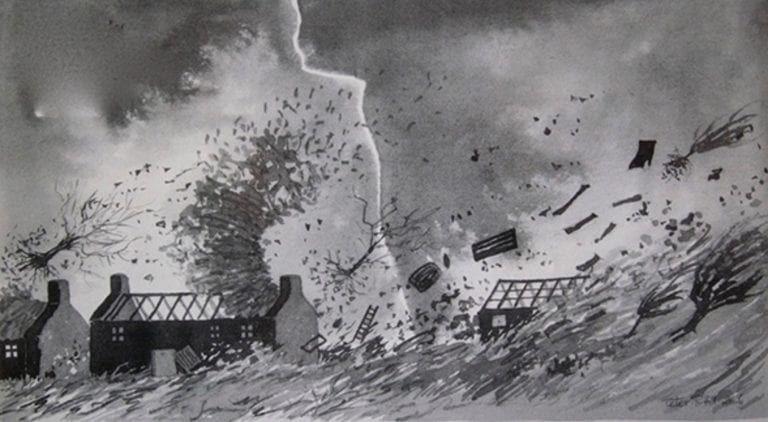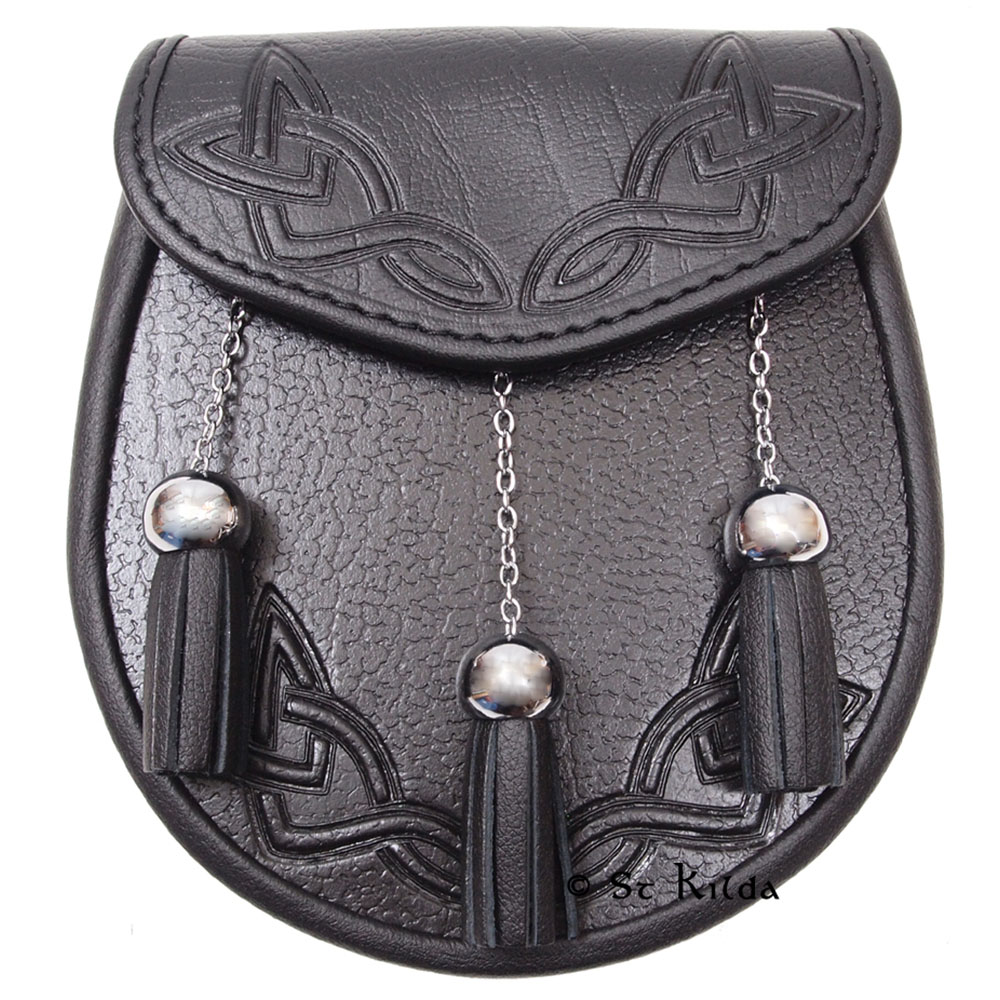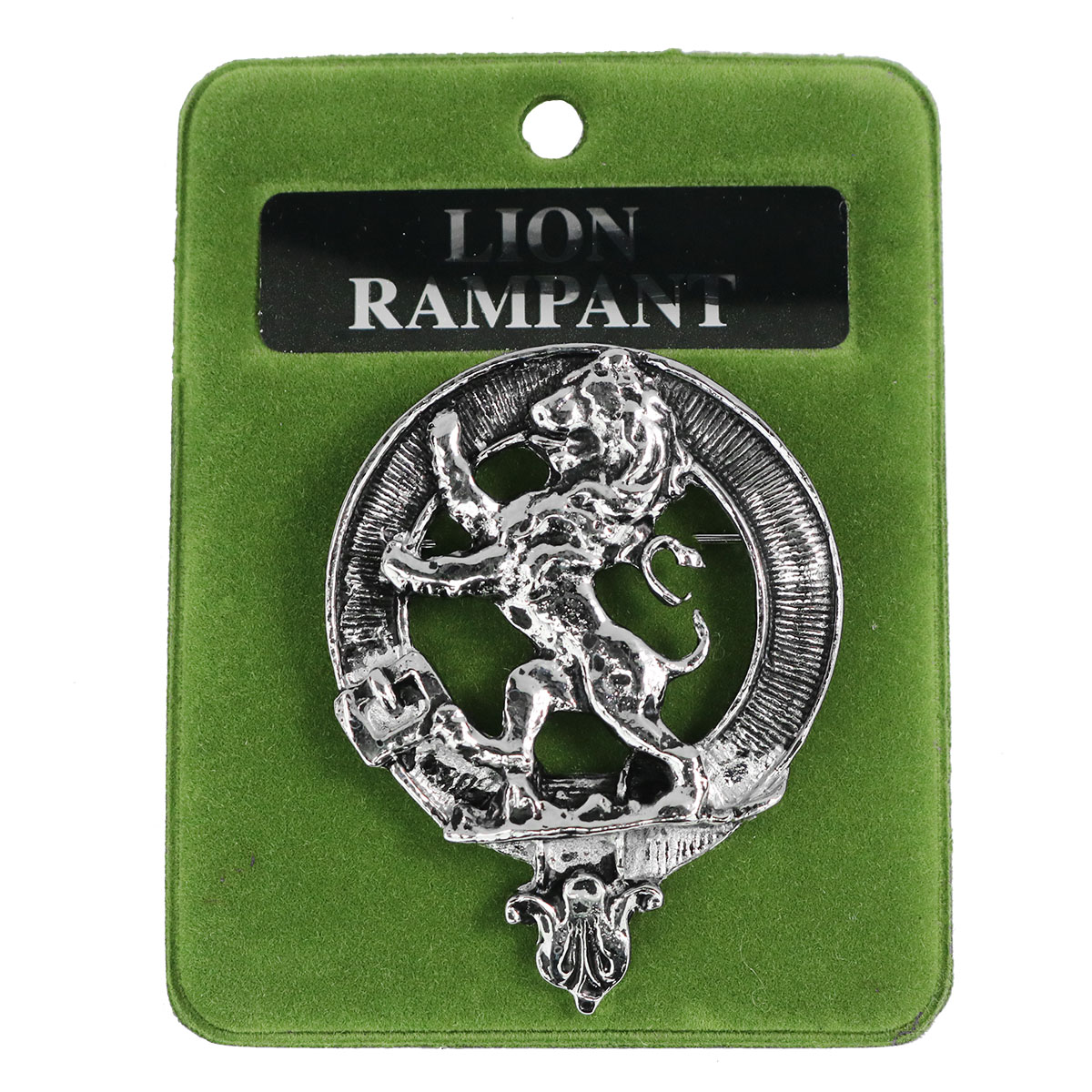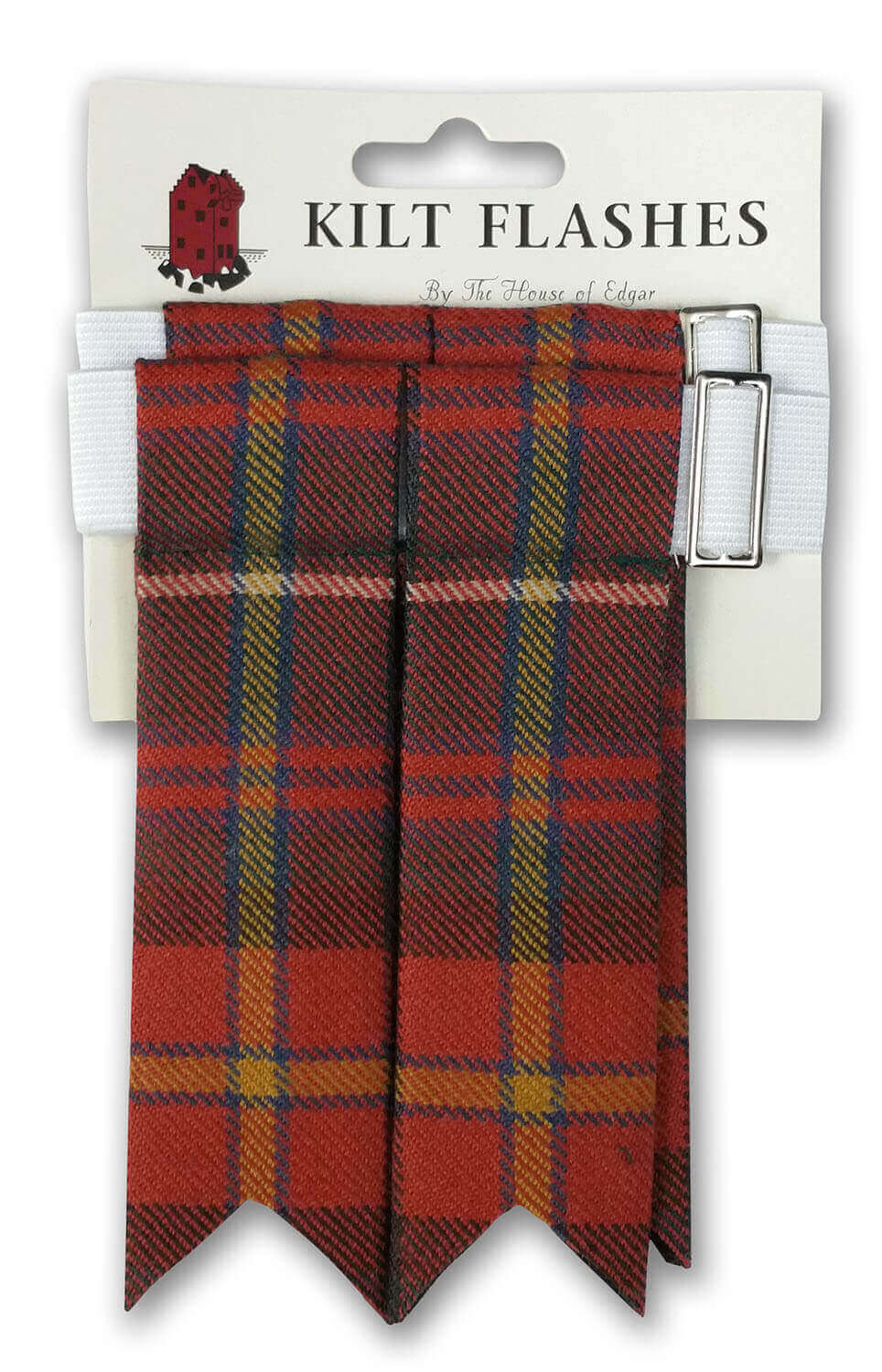Night of the Big Wind
In 1839 a windstorm swept across Ireland that went down in legend. Sunday January 6, 1839 dawned as a typical clouding winter morning and became warm enough to start to melt some of the heavy snow that had fallen the night before. Rain began to fall around midday, and the wind began to blow hard by early evening. By Sunday night the wind had reached hurricane-level speeds and continued blowing until just before dawn.
With gusts of over 100 knots (185 km/h; 115 mph) it was considered the worst storm to have hit Ireland in 300 years. As the winds blew overnight it began to topple trees, barns and church spires even grass was reportedly torn from hillsides. The thatch was torn off roofs, and rogue winds blasted down chimneys, setting houses on fire when hot embers from hearths were blown throughout cottages while the owners huddled in the darkness. The back wall of the Guinness Brewery collapsed killing 9 horses, and Dublin was described as “a sacked city …the whirlwind of desolation spared neither building, tree nor shrub.”

It is estimated that between 250 and 300 people were killed by the storm. There were reports of houses collapsing on people, as well as houses burning to the ground. Somewhere between one fifth and one quarter of the houses of Dublin are said to have suffered damage ranging from broken windows to complete destruction. Along the coast the large storm surge caused flooding that added to the damage caused by the wind. 42 ships were lost, mostly off the west coats, and were one of the major sources of fatalities.
The destruction led to continued hardship in the months to come as thousands were made homeless. Winter stores of food and grain intended for feeding both people and livestock were destroyed leading to widespread hunger at a time before the government disaster response programs. In my quick look I saw no estimates as to how many people continued to die in the aftermath of the storm.
Known as Gaelic as “Oíche na Gaoithe Móire” people struggled to understand why they had been punished the Night of the Big Wind. One legend says that the Feast of Saint Ceara, which was held on January 5 was also the traditional night for a large gathering of the fairy folk. Storytellers eventually created a tale that it was that year that they decided to leave Ireland, and the storm the following night was the effect of them leaving. Others, noting that the storm occurred on the night of the Epiphany, and saw it as a warning that the Day of Judgment would soon be here. Even the Freemasons became scapegoats as someone is said to have suggested they had somehow unleashed the devil from Hell and failed to contain him.
The storm eventually became a milestone in the history of Ireland at a time when birthday were not often officially recorded by civil authorities, and was used to identify whether people were born, before or after the storm. By the early 20th century when the British government began to offer old age pensions it was occasionally used as a measure as to whether someone was old enough to qualify for the pension by asking if they remembered the Night of the Big Wind.





2 Comments. Leave new
[…] Month in my article about the massive storm that hit Ireland in 1839 I mentioned a tidbit that superstitious people seemed to […]
[…] an update to the December Celtic History Newsletter topic on the “Night of the Big Wind.” I ran across another reference (quoted below) that had a little more detail specifically […]